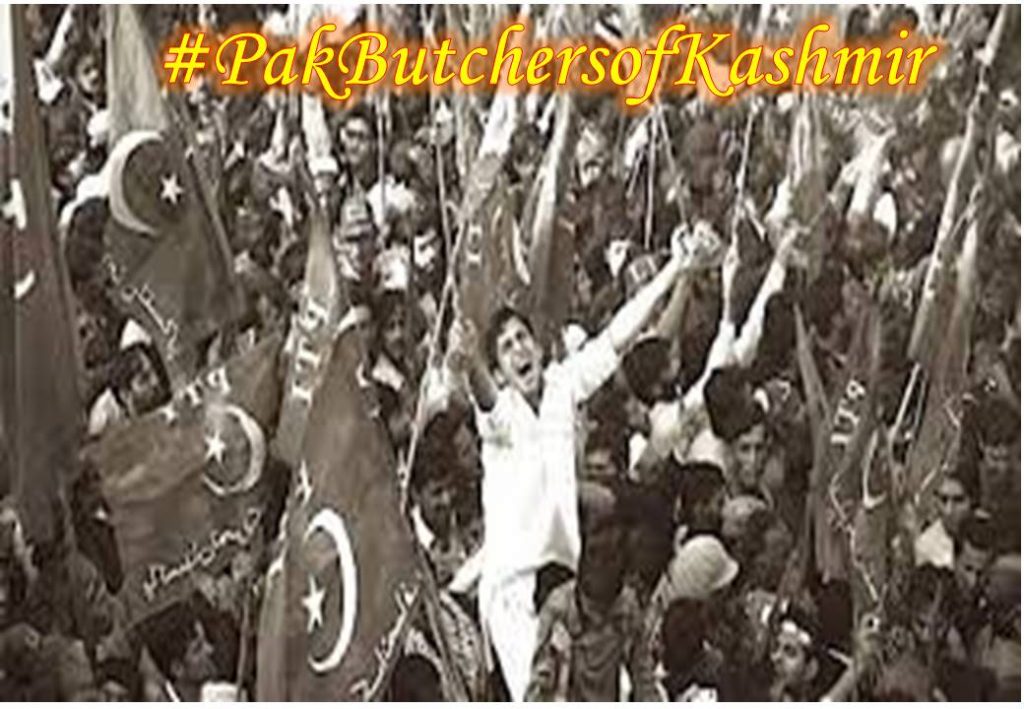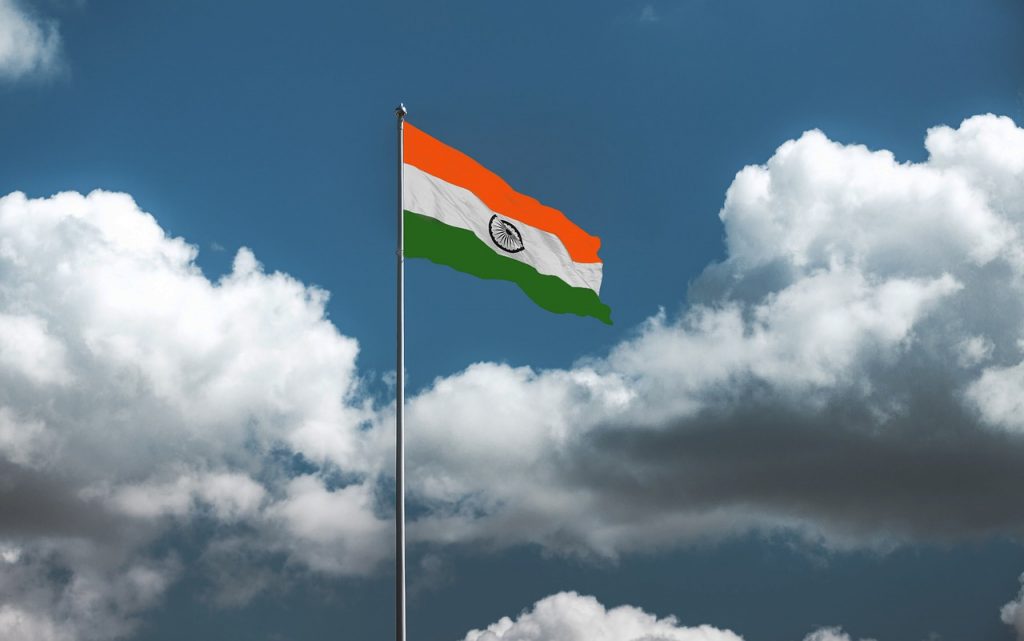October 22, 1947, about a couple of months after Independence, marks a critical day in Kashmir’s history. It was on this day that Pakistani army regulars and tribal raiders invaded the Kashmir valley. Pakistan codenamed the capture mission Operation Gulmarg. India observes October 22, 1947, as a Black Day. Accordingly, this blog, while remembering the day, overviews the various events revolving around this day.
Before October 22, 1947
Four months before the Indian Independence and the separation of Pakistan from India, Maharaja Hari Singh, the Hindu ruler of the Muslim majority in Kashmir, confronted a rebellious act in Poonch by Muslims who refused to pay taxes and launched an army insurgency. To counter, Hari Singh deployed state forces. But the above wasn’t the only concern. Since Partition was nearing, the state also witnessed Hindus and Sikhs, who had encountered violence in Rawalpindi and other regions, crossing into Jammu.
At Independence, Hari Singh decided that Kashmir would accede neither to India nor to Pakistan. Instead, he offered a standstill agreement with both nations. However, only Pakistan signed it.
So, Pakistan took charge of Kashmir’s post and telegraph and agreed to supply essentials such as grains and fuel through West Punjab, which was now part of the new country. However, continuous clashes affected supplies. Lack of fuel impacted transport. Additionally, Pakistan stopped the train service from Sialkot to Jammu. It affected many other routine aspects, such as banking, as well.
The border areas witnessed armed raiders launching hit-and-run attacks. However, from mid-October, the situation worsened for Hari Singh and his small Army. His cables to the Pakistan PM to stop the attacks were rejected.
On October 22, 1947
So, on October 22, 1947, hordes of tribal invaders entered into Kashmir. They captured outposts in Domel, Muzaffarabad, and several other places, which were held by Hari Singh’s state forces.. Kashmir’s protective force wasn’t as significant in number. Additionally, Muslim soldiers, who were as many as the Dogras, partnered with the raiders, thus strengthening the raiders’ forces and creating even more troubles for Hari Singh.
What Happened After the Raid?
Hari Singh sought India’s help to stop the raiders and wrote to Lord Mountbatten. They signed an accession on October 26, 1947. After the accession was signed, four Dakotas traveled to Srinagar from Delhi through October 27 with troops. Additional troops landed in the next few days. They stopped the invaders at Shalteng, near Srinagar, and battled them at Budgam.
The Indian Army took control of Srinagar by November 8, Baramulla by November 9, and Uri by November 13. However, later, Pakistani forces stepped in to support the invaders, only to continue the war for over a year. A ceasefire was declared on December 31, 1948, and its terms were accepted on January 5, 1949.
Denial of the Invasion
Pakistan denied its participation in the invasion. But Raiders of Kashmir, a book by Major-General Akbar Khan of the Pakistan Army, is one of the pieces of evidence that suggests Pakistan’s involvement. The history of the Indian military says the invasion was planned a couple of months ahead by the Pakistani Army and codenamed Operation Gulmarg.
After 74 Years of Independence
The incidents and October 22, 1947, in particular, are observed as the Black Day in Kashmir, with hoardings and banners highlighting the atrocities committed by the tribal raiders and Pakistani militia.



